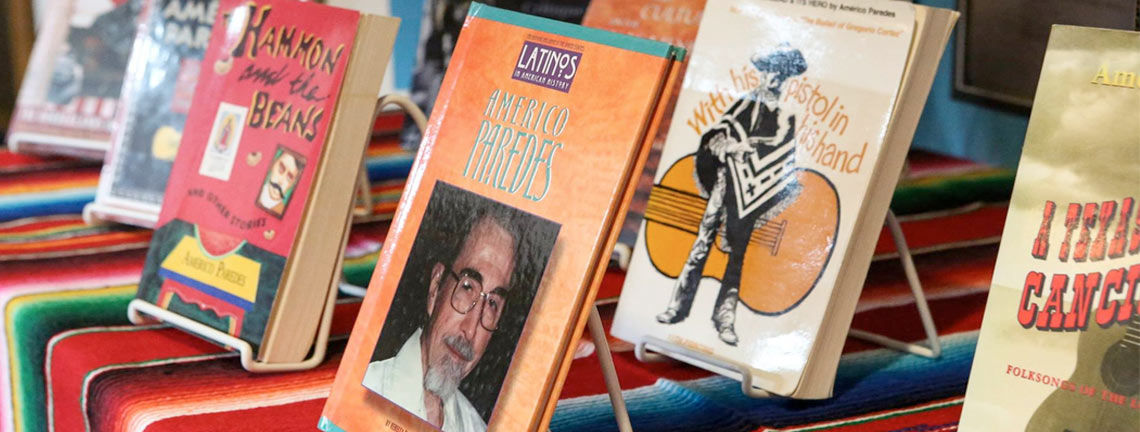
History Faculty Publications and Presentations
Document Type
Article
Publication Date
11-1-2021
Abstract
Elaine A. Peña’s ¡Viva George! offers an in-depth “anthropological history” of the ways a binational community’s celebration of George Washington’s birthday bridges national and cultural divides across the U.S.-Mexico border (p. 6). For over one hundred years, Laredo, Texas—a medium-sized community along the Rio Grande—has celebrated the birthday of the first president of the United States. Rather than fetishize the celebration as a border eccentricity, the book considers how Mexican Americans embraced and co-opted the festivity to cultivate a unique identity. Moreover, the book considers how local and regional business interests contended with U.S. and Mexican national policies in shaping border enforcement.
Identity takes center stage in the book. George Washington’s birthday celebration came to the border in late nineteenth century when Anglo and Euro American newcomers sought to impose a U.S. identity on a predominately ethnic Mexican town. Celebrants belonging to the fraternal organization “Improved Order of the Red Men” (IORM) dressed in red face and engaged in mock battles as part of the events. Peña utilizes Philip Deloria’s concept of “playing Indian” to contextualize white American men’s practice of selectively embracing indigenous accoutrement to assert belonging (21). Still, in Laredo, Mexican American elites wielded such sway that the IORM added Montezuma and Yaqui names to their rolls providing a Pan American element to the festivities.
By the 1960s, the celebration had grown beyond re-enactments of the Boston Tea Party on the Rio Grande to an elaborate and lucrative celebration with binational government support. Performers from both sides of the border marched in the local parade where U.S. and Mexican flags flew side by side. Moreover, crowds thronged to spend their money in both the United States and Mexico. Such easy flow of pesos and dollars prompted the relaxing of crossing restrictions through the practice of “paso libre,” a four-day visa waiver allowing tens of thousands to pass freely (p. 72). Beginning in 1957, local and regional government succeeded in making the celebration of Washington’s Birthday an “open house” for the border (p. 72). The ritual embrace of children from Mexico and the United States, each dressed in expensive costumes indicating their respective nations in an abrazo along the international bridge, did much to allay state fears of lax border security, but could not keep the four-day visa waiver for the celebration from coming to an end in 1976.
Informative and concise, ¡Viva George! should appeal to students in both graduate and undergraduate courses in border studies as well as American and Mexican American studies classes. The book is composed from archival sources in both the United States and Mexico, making it a model of transnational research. Moreover, Peña’s years of field work in Los dos Laredos as an observer in the celebration give the book a street-level view that makes the book engaging.
Recommended Citation
George T. Díaz; Review: ¡Viva George!: Celebrating Washington’s Birthday at the US-Mexico Border, by Elaine A. Peña. Pacific Historical Review 1 November 2021; 90 (4): 552–553. doi: https://doi.org/10.1525/phr.2021.90.4.552
Publication Title
Pacific Historical Review
DOI
10.1525/phr.2021.90.4.552


Comments
© 2021 by the Pacific Coast Branch, American Historical Association. Original published version available at https://doi.org/10.1525/phr.2021.90.4.552